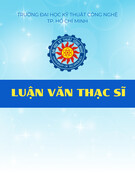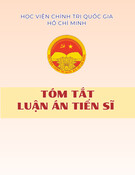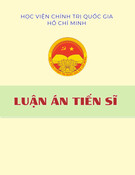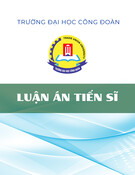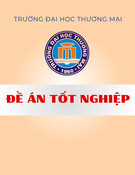
2
2.3.8 Conclusion ...................................................................................................................... 52
RESEARCH METHODOLOGY ......................................................................................... 54
3.1 Introduction ...................................................................................................................... 55
3.2 Research Methods ............................................................................................................ 55
3.2.1 Qualitative Research Methodology................................................................................. 55
3.2.2 Interpretivist Epistemology ..................................................................................... 56
3.2.4 The Role of Ethnographers ............................................................................................. 60
3.2.5 Reflexivity and Subjectivity ........................................................................................... 62
3.2.6 Why a Single Case Study? .............................................................................................. 66
3.3 Research Design ............................................................................................................... 67
3.5 Research Outline .............................................................................................................. 67
3.5.1 Participant Observation (Real-life Identities/Communities) .......................................... 68
3.5.1.1 Data Collection (Participant Observation) ........................................................... 70
3.5.2 Netnography (Online Identities/Communities) ............................................................... 70
3.5.2.1Ethnography on the Internet .................................................................................. 70
3.5.2.2 Private Social Networks - Yammer ...................................................................... 71
3.5.2.3 Use of Images, Technology in Ethnography ........................................................ 72
3.5.2.4 Data Collection ..................................................................................................... 73
3.6 Data Analysis .................................................................................................................... 73
3.6.1 Introduction ..................................................................................................................... 73
3.6.2 Why use Grounded Theory? ........................................................................................... 74
3.7 Researcher’s Role............................................................................................................. 78
3.8 Ethical Issues .................................................................................................................... 80
RESEARCH FINDINGS & ANALYSIS ............................................................................. 82
4.1 Introduction ...................................................................................................................... 83
4.2 The Doing of Coworking ................................................................................................. 84
4.2.1 The Ballroom............................................................................................................... 85
4.2.2 Mixed Bag Lunches .................................................................................................... 89
4.2.3 The Second Level ........................................................................................................ 92
4.3 The Hive’s Culture & Image ........................................................................................... 98
4.4 Setting the Scene ............................................................................................................ 103
4.5 Identities Constructed within the Hive - Coworking Archetypes ............................. 110
4.5.1 Identity 1: The Nostalgic ........................................................................................... 111






